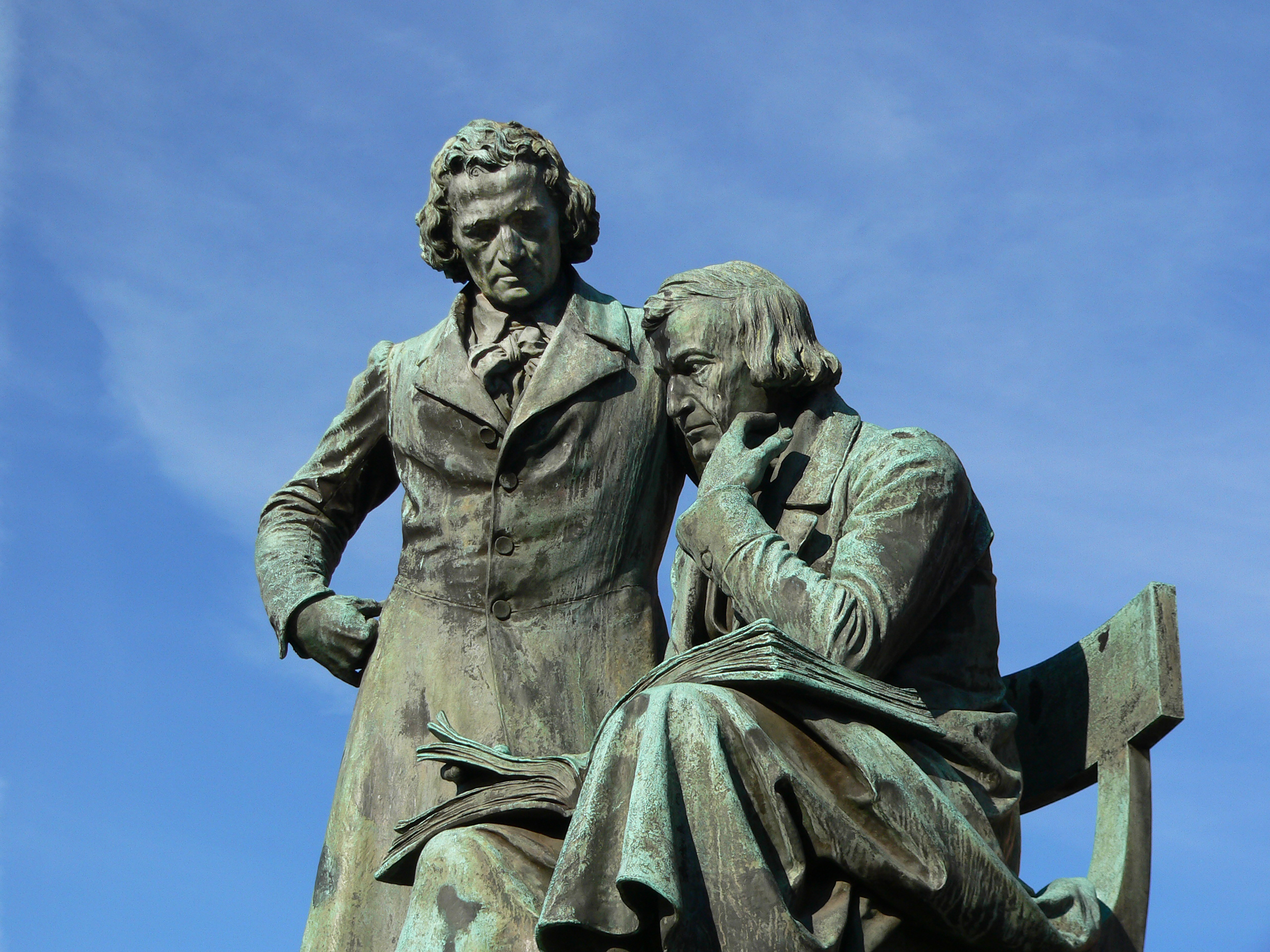Grimm’s Fairy Tales is a famous collection of German folk tales. Most of them were collected by two brothers, Jakob and Wilhelm Grimm. The most famous tales include “Hansel and Gretel,” “Little Red Riding Hood,” “Snow-White,” “Rumpelstiltskin,” “Sleeping Beauty,” “Cinderella,” and “Rapunzel.” As the Grimms knew, some of their stories had been previously published, especially in Italy and France.

Between 1807 and 1814, the Grimms collected the tales mainly from friends and acquaintances who lived in and around Kassel, Germany. The brothers published the tales to preserve work they believed was created by the people. They regarded the tales as an expression of the spirit of the German people, and they worried that fewer and fewer people could tell the tales accurately.

The Grimms tried to retell the stories faithfully, but made changes to suit public taste or their ideas about how to tell the tales most effectively. The brothers gathered many tales themselves, including those stories told to them by a woman who came to town to sell produce.
The first volume (1812) contained 86 tales. The second (1815) contained 70. Jakob spent much time helping Wilhelm collect tales for the first volume, but the second volume and later editions were largely Wilhelm’s work. By the last edition of 1857, there were 210 tales. The Grimms collected most of the last stories, as well as some from the first edition, from printed sources.
In collecting the tales, the Grimms were influenced by the Romantic movement in German literature (see Romanticism). German Romanticism expressed itself in many ways, but it dealt primarily with German history and mythology, nature, fantasy, and the supernatural. All these elements appear in the Grimms’ fairy tales.
